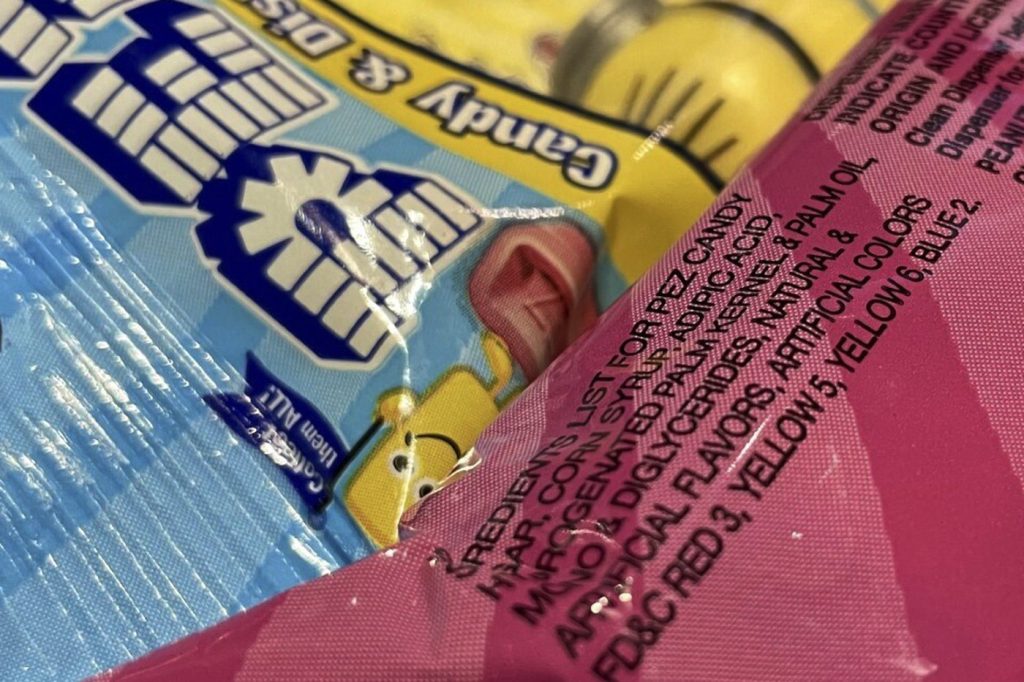Health Canada announced that the synthetic dye known as Red 3, which has been banned from the U.S. food supply due to potential cancer risks, does not pose a health risk to the general population in Canada. The Canadian federal agency stated that they would not implement a ban unless new scientific evidence indicates a health risk associated with the additive.
The decision by Health Canada follows a safety evaluation conducted by a joint committee of the United Nations and the World Health Organization (WHO) in 2018. This evaluation reviewed various studies involving both humans and animals and concluded that there were no safety concerns regarding the use of Red 3 as a food additive. In contrast, the U.S. Food and Drug Administration (FDA) banned the dye after two studies demonstrated that it caused cancer in laboratory rats, specifically due to a "rat-specific hormonal mechanism" that does not exist in humans.
The FDA described its ban on Red 3 as a "matter of law," necessitated by a legal provision that mandates the agency to prohibit food additives identified as carcinogenic in either humans or animals. Health Canada acknowledged that its primary concern is the health of Canadians, asserting it would take necessary actions should new data suggest a health risk from using Red 3 in food or drugs. The agency elaborated that the recent FDA ban was based on legal requirements triggered by the findings of the two animal studies.
Health Canada emphasized that the current scientific evidence does not support claims that the use of Red 3 in food poses health risks to consumers. The dye, also known as erythrosine or FD&C Red No. 3, is commonly utilized in various treats such as candy, cakes, cookies, and frostings to provide a bright cherry-red color.
Joe Schwarcz, director of McGill University’s Office for Science and Society, expressed a desire to see Red 3 banned in Canada, albeit not due to safety concerns. Schwarcz argues that the dye contributes no nutritional value and only serves to make ultra-processed foods more appealing to consumers. He pointed out that alternatives such as beet juice extract and anthocyanins from berries are available, offering natural coloring options without toxicity fears.
Conversely, McMaster University scientist Waliul Khan voiced discontent with dismissing the animal studies too quickly. He suggested that foods containing synthetic dyes should feature warning labels. Khan highlighted his concerns regarding another synthetic dye, Red 40 (also known as allura red), noting that a study he conducted in 2022 found that long-term exposure to allura red could potentially trigger inflammatory bowel diseases in mice.
Khan indicated that continuous consumption of the dye for twelve weeks led to harmful effects on the gut and escalated the severity of colitis in the subjects. However, administering the dye once a week did not produce the same adverse effects, suggesting a need for further investigation. He expressed hope that heightened awareness due to the FDA's ban on Red 3 would lead to increased funding for comprehensive studies, particularly emphasizing the challenges surrounding large-scale human trials given the ethical implications of testing potentially harmful substances known from animal studies.
Health Canada reiterated that it has taken into account the findings of the Joint United Nations Food and Agriculture Organization/World Health Organization Expert Committee on Food Additives, which re-evaluated Red 3 in 2018 and found no safety concerns associated with its use as a food additive. The expert committee considered both toxicological studies conducted on a variety of experimental animal models, as well as observational studies involving humans.










